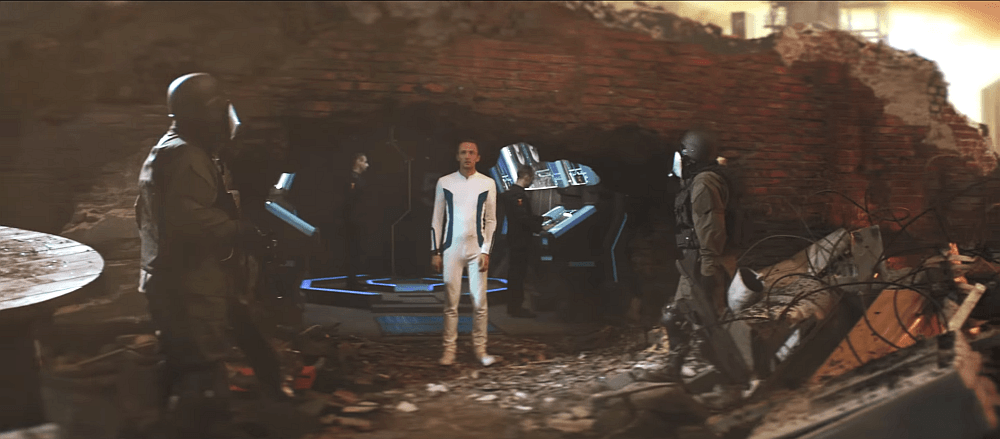What does the future hold? Tech is evolving at record speeds, and the number of people capable of keeping it in check seems to be dwindling. Doomsday predictions have always been popular, but this may be the first time the expectations of doom have affected the cultural mainstream. Feelings that the future radiates with fear and not hope seem to be the norm. But is the future that dark? Will mankind become overrun by technological and information threats while the future humans’ raison d’etre would be to keep the machines going “Metropolis” or “Matrix” style?
Why so dark?
Earlier this year, Wired published two columns dedicated mostly to science fiction. The first one, written by Michael Solana, stated that sci-fi authors are so fixed on picturing a dark future that it “programs” those in the real world to believe in the inevitability of dark times, and makes them fearful of technology.
“Simply, we need a hero. Our fears are demons in our fiction placing our utopia at risk, but we must not run from them. We must stand up and defeat them. Artificial intelligence, longevity therapy, biotechnology, nuclear energy — it is in our power to create a brilliant world, but we must tell ourselves a story where our tools empower us to do it”, Solana writes.
The second column, authored by Devon Maloney, counters the first. Mr. Maloney states that sci-fi is only reflecting the sentiments of the general public. He maintains it is the way we use technology that is startling, along with the fact it can be out of human control.
Which future will you choose: grim or bright? #futurism, #security #PowerToProtect
Tweet
“Dystopian science fiction, from the time it first appeared 100 years ago, grew out of our own preexisting anxiety about technologies we couldn’t control. It appeared because we needed to put a face on the vague yet very real unease caused by the rapid evolution of tech and the dwindling number of people with the power to both create and fully utilize its scope,” Mr. Maloney writes.
There is merit in each opinion. Even though both authors omit (probably intentionally) one detail: There are few things that sell as well as dark predictions.
Doomsday always enjoys a cult following
Ruin and decay also have their own aesthetic appeal for humans, and that’s one of the reasons people flock to cinemas to watch yet another expensive movie about an impending doomsday. Christopher Nolan’s “Interstellar” is the latest example – just check the box office numbers.
The technological “daemons” mentioned by Solana and out-of-control hi-tech “golems” have been sci-fi staples for more than 100 years: from the pioneering sci-fi film “Metropolis” by Fritz Lang (1927) with human-like robots unleashed to do evil, to the present day’s sci-fi TV series “Person of Interest” in which a malicious AI program is unleashed to govern humans, not to serve them.
There are few things that sell as well as dark predictions #security #PowerToProtect
Tweet
It’s easy to say that the human world – the real one, not the one shown in post-apocalyptic fiction – is a self-compromising, ambiguous welter where everything “good” is just waiting to turn “bad.” For example, in the latest episode of “Person of Interest,” the protagonists have to sabotage a great charity project due to its alleged brainwashing potential. In the end, one of the primary characters asks: “How much wrong are we willing to do in the name of right?”
The choice is ours
In this regard, fiction is indeed just mirroring reality and the prevalent expectations of the future.
But while the future is indeed just a product of human imagination, the future present will be the result of our actions.
So, what does the future hold? We don’t know, actually. In the video below we tried to portray a wide array of possibilities – some are favorable and some are definitely not. What we do know is that the choice between the “bright” and “grim” future is being made today, by us.
Click on the image or visit here to watch the video.
 doomsday
doomsday



 Tips
Tips